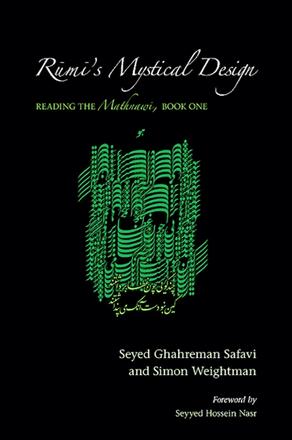
Rūmī's Mystical Design
Reading the Mathnawi, Book One
Alternative formats available from:
Reveals the sophisticated design of Rumī’s Mathnawī, showing that this seemingly unstructured work both describes and functions as spiritual training.
Description
This landmark book reveals the structure of Rumī's thirteenth-century classic, the Mathnawī. A beloved collection of 25,000 picturesque, alliterative verses full of anecdotes and parables on what appear to be loosely connected themes, the Mathnawī presents itself as spontaneous and unplanned. However, as Seyed Ghahreman Safavi and Simon Weightman demonstrate, the work has a sophisticated design that deliberately hides the spiritual so that readers, as seekers, have to find it for themselves—it is not only about spiritual training, it is spiritual training. Along with a full synoptic reading of the whole of Book One, the authors provide material on Rumī's life, his religious position, and his literary antecedents. Safavi and Weightman have provided readers, students, and scholars with a valuable resource: the guide that they wished they had had prior to their own reading of this great spiritual classic.
Seyed Ghahreman Safavi is Research Associate of Art at the School of Oriental and African Studies, the University of London, and Director of the London Academy of Iranian Studies. He is the author of The Structure of Rumī's Mathnawī: New Interpretation of the Mathnawī as a Book for Love and Peace. Simon Weightman is Former Head of the Department of the Study of Religions at the School of Oriental and African Studies, the University of London. He is the coauthor (with Rupert Snell) of Hindi.
Reviews
"This is possibly the best explanation of the significance of the entire work ever written, certainly so in English. The authors bring out dimensions of the ornate and sophisticated structure of the Mathnawī, of which other authors have had at best only inklings." — William C. Chittick, author of The Sufi Doctrine of Rumī